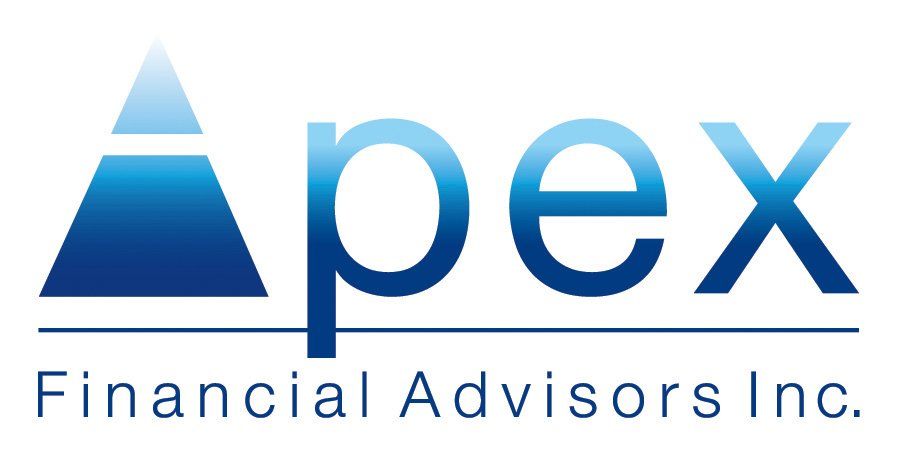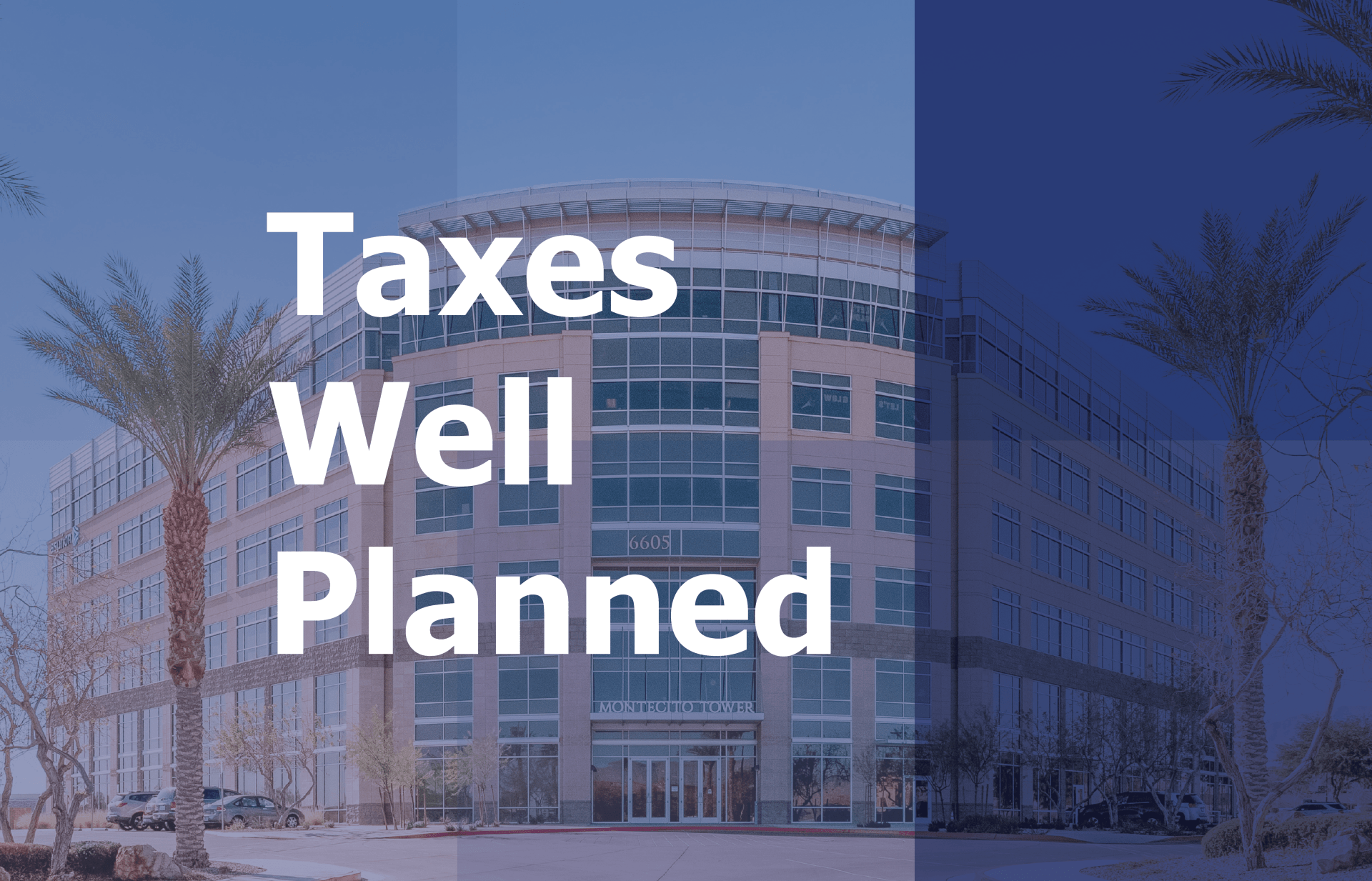Apex News
Let's Do Some Year-End Planning

September 23, 2021
Summer is officially over, and we are getting geared up for year-end planning, which involves RMD's, tax-loss harvesting, tax planning, and gifting. Since the current administration's tax plan has yet to be finalized as of the date penning this article, we'll save diving into specific tax planning strategies until that proposal is enacted. Until then, let's focus on a couple of year-end planning items that you can start right now.
Required Minimum Distribution (RMD)
If you or your loved ones aren't of age (70 or older) and are not the owner of an inherited IRA, you can skip this section and scroll down to tax-loss harvesting. If you are still reading this, you already know what an RMD is, but some key information changed last year, so let's recap.
A required minimum distribution (RMD) is the amount of money withdrawn from an employer-sponsored retirement plan, traditional IRA, SEP, or SIMPLE individual retirement account (IRA) by owners and qualified retirement plan participants of retirement age.
RMDs have changed in a few ways in 2021 due to the CARES Act, passed in March of 2020. The required age of RMDs increased from 70 and a half to 72 and temporarily waived RMDs for the calendar year 2020. This waiver included the first RMD, which individuals may have delayed from 2019 until April 1, 2020. That waiver expired in December 2020, so if you have previously taken RMDs or if you turn 72 in 2021, you will need to start taking RMDs. The CARES Act waiver of distributions ONLY applies to RMDs in 2020. If 2021 is your first year required to take an RMD, you will have the option of deferring your distribution until April 1, 2022, instead of the standard date of December 31 of each year. If you defer your first-year distribution, you will have to take both 2021 and 2022 RMDs in 2022.
Our team works with each client to aggregate their retirement accounts and calculate their RMDs. We evaluate the tax implications of the distribution and arrange with the custodian to withhold the appropriate amounts for federal and state tax. If you currently don't work with an advisor, we suggest contacting your custodian(s) or CPA to ensure you are taking the appropriate amount. A failure to withdraw or under calculate an RMD can result in a 50 percent tax penalty.
Inherited IRA
Post the Secure Act, when an IRA is inherited, the beneficiary becomes the account owner and must take RMDs. However, how these RMDs are processed will depend on the original account owner's passing date and the type of beneficiary receiving the account.
In general, spouses and other eligible beneficiaries may be allowed to take RMDs over their lifetime, while other beneficiaries will need to follow the 10-year rule, withdrawing the entire account within ten years. Of course, this is a general approach, and alternatives do exist. Therefore, beneficiary type and RMDs should be determined by an advisor or other financial professionals before taking any actions.
Qualified Charitable Distribution
For individuals 70 1/2 or older, you can donate all (no more than $100,000 annually per taxpayer) or a portion of their RMD directly to the charity. It's called a qualified charitable distribution or QCD. You can also make charitable distributions directly from an IRA before RMDs begin. While the Secure Act raised the RMD age for some taxpayers to 72, it didn't raise the QCD age from 70 1/2.
A QCD can be a very tax-effective way to support a cause. However, as with any financial and tax strategy, it's important to understand the details and limitations. Qualified charitable distributions do not provide a charitable deduction for taxpayers, regardless of whether you itemize deductions. Instead, a check is sent directly from an IRA to charity with a qualified charitable distribution and allows the donor to exclude the amount from taxable income.
Tax-Loss Harvesting
Whether you trade your portfolio or work with an advisor, if you aren't having this conversation with yourself or your advisor, then you're welcome. It's that time of year to focus on reducing your capital gains.
If you have a portfolio of different investments, most likely, some will have gains, and some will have a loss on paper. The gains or losses are not realized until you sell your investment. If you have capital gains at the end of the year, you will have to pay capital gains tax on those gains. However, if you have offsetting losses in your accounts that could be sold by year-end, you could realize these losses to neutralize or minimize your gains.
Let's say you have a loss on an exchange-traded fund "ETF" in your account, you want to take advantage of this tax harvesting strategy, but you don't want to reduce your equity exposure. You could sell the shares to realize the loss, then buy back shares of a different (but similar) ETF or mutual fund. Alternatively, you could wait to repurchase the shares of the same ETF after 30 days. This 30-day Rule is called the "Wash Sale Rule." If you repurchase the same investment within 30 days, the loss will be disallowed. The Rule does not apply to gains, so if you have losses and want to minimize your gains for future planning purposes, you could sell and realize your gains and immediately buy back the investment, thus raising your cost basis on the investment.
At Apex, our investment process seeks to maximize the after-tax return of client portfolios for given risk tolerance. We utilize tax-loss harvesting by monitoring unrealized capital gains and losses in client portfolios. We trade these to realize "tax-loss" assets and offset taxable gains within client portfolios where investment exposures can be maintained, and wash-sale rules are respected.
Tax Planning
It's never too early to start thinking about your taxes; in fact, the earlier you begin to plan for the April 15 due date, the more strategic you can be about maximizing your dollars. Here are a couple of additional suggestions:
- Monitor Withholdings. Your income and status (married, single) may have changed throughout the year, so it's a great time to gather your year-to-date earnings and withholdings to ensure you meet the requirements to avoid under-withholding penalties. Generally, most taxpayers will avoid this penalty if they either owe less than $1,000 in tax after subtracting their withholding and refundable credits or if they paid withholding and estimated tax of at least 90% of the tax for the current year or 100% of the tax shown on the return for the prior year, whichever is smaller. However, if your AGI is greater than $150K, you need to pay 110% of the prior year versus the 100%.
- Make The Maximum IRA Contribution Now. Each year, contributing to your Traditional Roth IRA should be an essential part of your retirement strategy and allows you to save for your retirement with preferred tax treatment on your investments. Not only is this the cornerstone of a solid financial plan, but it can also provide you with tax benefits today.
- Maximize Your 401(k), 403(b), or 457 Employer Retirement Plan. If your employer offers a group retirement plan to you as one of your benefits, it is a good idea to consider contributing to it each year. In many ways, having access to contribute to a company 401k plan is the same as contributing to an IRA. However, the contribution limits are much higher. In 2021, you can contribute up to $19,500 plus an additional $6,000 if you have reached age 50+. Many employers offer a generous match, which is based on your contributions. If your employer matches your contributions, you would be foolish to forego this match. It is essentially free money. Don't think twice; take it.
Other Miscellaneous Year-End Planning Thoughts
- Update/Review Your Beneficiaries. Change is one of the few certainties in life, and with it comes marriage, death, etc. Review your beneficiaries each year to make any necessary updates.
- Create/Update Your Estate Plan. Creating a comprehensive estate plan is essential to any long-term financial plan. Ensure your wishes are met by detailing them in your will, your accounts, trusts, and other estate planning tools.
- Use It Don't Lose It. If you participated in your company's flexible spending program, you would need to spend this money by the end of the year or lose it. Be sure to purchase all the health-related items by the end of the year to avoid losing the benefit.
- Charitable Donations. In addition to the RMD gifting discussed earlier, gifting to a charity is a true "twofer." It not only makes you feel good inside, but it can also provide some great tax benefits.
- Review Your Investments. We see it time and time again, clients come to us, and their 401K holdings are sitting in money-market accounts, which are losing money each year by not being invested and keeping up with inflation at a minimum. While you should be reviewing your investments on a more consistent basis, at a minimum, reviewing your investment portfolio at the end of the year is a great start.
To Plan, Or Not To Plan, There Is No Question
It's time to start planning and identifying your goals for next year because 2022 is just around the corner. The progress you have made in your year-end financial planning will serve as your blueprint for the foreseeable future and beyond. But please don't forget; the best plan is one that is being actively followed. If you have any questions about incorporating these techniques into your family's financial plan, don't hesitate to contact our team today. Your financial success is our number one priority.
Contact Us
Our Financial Advisors guide you through the process of establishing a successful financial plan and nurture it through economic and personal changes.
Our commitment to our clients is to provide comprehensive financial solutions just as we would apply to our own families' lives.
We will get back to you as soon as possible
Please try again later
About Us
Contact info
85 South Main Street Yardley PA
California - Florida - New Jersey - Pennsylvania - Texas
215-493-1900










